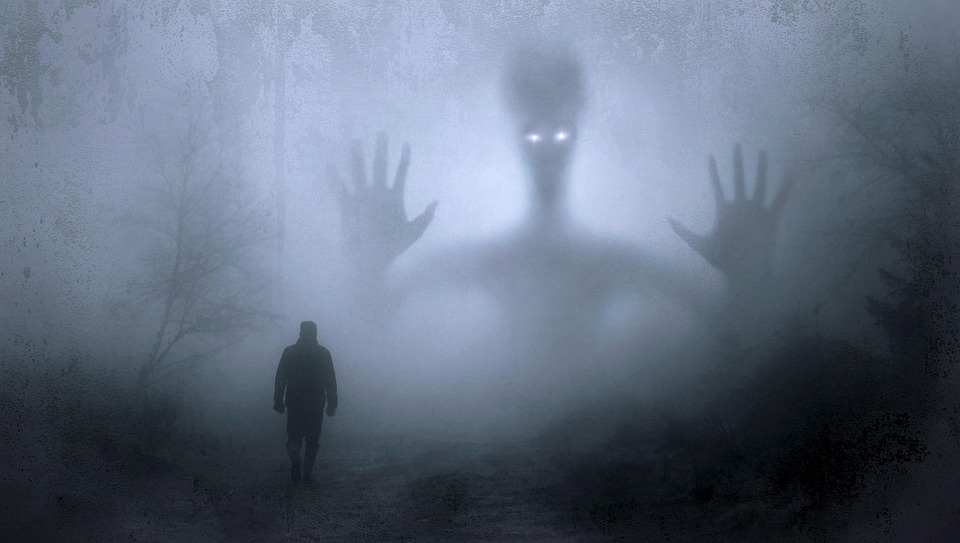Horror as a genre has always had a unique way of captivating audiences. Whether through literature, film, or interactive media, the thrills, chills, and psychological terror of horror have drawn people in for generations. In recent years, video games have emerged as one of the most immersive and engaging mediums for exploring fear. They allow players not just to observe horror but to experience it firsthand. From classic titles that laid the groundwork to modern masterpieces that push the boundaries, the history of horror gaming is both rich and varied. Here’s a journey through the most significant horror games that have defined this genre.
The Pioneers: Early Classics
1. Horror in the 8-Bit Era: "Sweet Home" (1989)
One of the earliest horror games, "Sweet Home," was released for the Famicom in Japan. It was inspired by the 1989 horror film of the same name. The game introduced gameplay mechanics like resource management and survival tactics alongside its eerie atmosphere, proving that horrifying narratives could be crafted in a video game format.
2. Survival Horror Defined: "Resident Evil" (1996)
Capcom’s "Resident Evil" revolutionized the horror genre in gaming with its atmospheric tension, engaging storyline, and fixed camera angles. Players navigate the Spencer Mansion while solving puzzles and battling grotesque creatures. Its successful mix of action and horror spawned an entire subgenre known as survival horror, influencing countless games that followed.
3. Psychological Horror: "Silent Hill" (1999)
Konami’s "Silent Hill" took horror to a more psychological level. With its fog-drenched town and haunting score, the game focuses on the inner demons of its protagonist, Harry Mason. The use of atmospheric storytelling and complex themes, such as grief and guilt, solidified its status as one of the greatest horror games of all time.
The Evolution: Expanding Horizons in the 2000s
4. Fear in First-Person: "Amnesia: The Dark Descent" (2010)
As survival horror evolved, Frictional Games’ "Amnesia: The Dark Descent" brought players into the depths of terror through a first-person perspective. Its focus on psychological horror and the use of sanity mechanics captivated a new generation of horror gamers. Players have no means to fight off enemies, instead relying on stealth and cunning to survive, which reflects a significant shift in gameplay design.
5. Indie Revolution: "Outlast" (2013)
Indie development exploded in the early 2010s, with "Outlast" becoming a landmark title within the genre. This first-person horror game set in an abandoned psychiatric hospital relied heavily on stealth mechanics, jump scares, and a chilling narrative. Its success proved that smaller studios could create powerful and impactful horror experiences, leading to a thriving indie horror scene.
The Modern Era: Greater Depth and Immersion
6. Reimagining Survival: "Resident Evil 7: Biohazard" (2017)
Capcom redefined its flagship series by shifting to a first-person perspective with "Resident Evil 7." The game focused on horror elements reminiscent of the franchise’s roots while introducing modern graphics and immersive gameplay mechanics. The tension-filled atmosphere and storyline revitalized the franchise, garnering critical acclaim and commercial success.
7. The Rise of Psychological Narrative: "Remothered: Tormented Fathers" (2018)
This indie title builds on psychological themes and creates a gripping narrative. Drawing influence from classic horror games, "Remothered" resonates with players through its complex characters and intricately woven storylines. Its emphasis on emotional depth distinguishes it from traditional horror titles focused solely on scares.
8. Bending Reality: "Resident Evil Village" (2021)
Following the success of "Resident Evil 7," "Village" combined action and horror in a more expansive setting. With a rich storyline and atmospheric environments, it showcased how horror games could both embrace classic elements while integrating contemporary gameplay innovations, prompting players to think critically while battling monstrosities in a stunningly crafted world.
9. A New Wave: "The Medium" (2021)
Bloober Team’s "The Medium" introduced a dual-reality mechanic that allowed players to explore two worlds simultaneously. The game’s unique approach to storytelling and gameplay mechanics, along with its psychological horror elements, showcased the ongoing evolution within the genre.
Looking Forward: The Future of Horror Gaming
With advancements in technology, the horror gaming genre continues to expand. Virtual reality (VR) is becoming a pivotal aspect, offering players unparalleled immersion in horrifying worlds. Games like "Resident Evil 7 VR" and "Phasmophobia" are paving the way for interactive and visceral experiences that test players’ courage and sanity in new ways.
Moreover, the rise of collaborative and multiplayer experiences in horror gaming, like "Dead by Daylight," is reshaping the landscape. Horror is no longer a solitary endeavor, as friends come together to face nightmares, enhancing the thrill and fun.
Conclusion
From the early days of "Sweet Home" to contemporary titles like "The Medium," horror games have experienced a remarkable transformation. They have evolved from pixelated nightmares to complex narratives filled with deep emotional resonance. As technology continues to develop, so too will the possibilities for horror gaming. The genre’s ability to captivate and terrify ensures its place in the hearts of gamers for generations to come. Whether you’re a fan of classic survival horror or cutting-edge psychological explorations, one thing is certain: the realm of horror in video games is far from finished, and the next chapter promises to be more chilling than ever.



